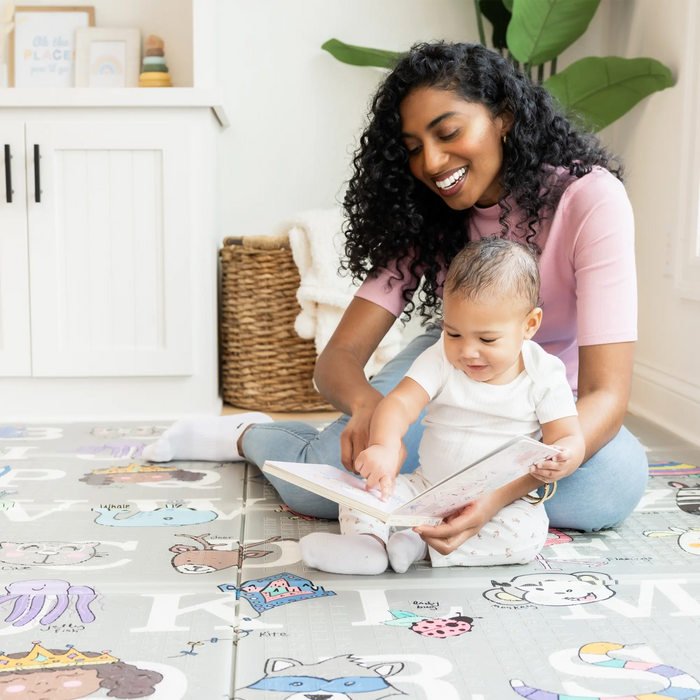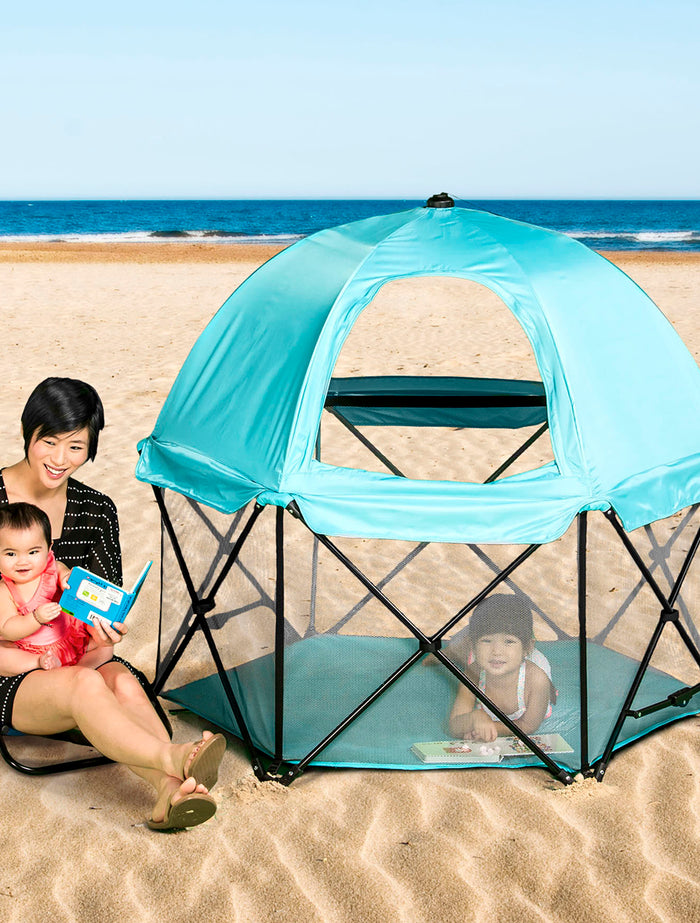
What to do When a Toddler Tantrum Strikes
October 30, 2020
Author: Katie McCall
The other week, my two-year-old daughter launched into a full-blown toddler tantrum with dozens of onlookers surrounding us at the grocery store. As her screaming fit escalated, I tried my best to keep my composure and push the cart forward. I quietly attempted to calm her down while making eye contact with several fellow shoppers. Some gave me small “been there before” smiles, while others looked at me in alarm like I was torturing my toddler on purpose.
I know I’m not alone. a toddler tantrum happens for a myriad of reasons, all of which are developmentally normal. Here’s a look at a few explanations for why toddlers throw tantrums, and what to do about it while keeping your composure.

Photo Credit @jemarqueshogue
Reason #1: You tell them “no.”
Even toddlers with advanced vocabularies can struggle to express desires, frustration or concerns. In our case at the grocery store, my daughter attempted to stand up in the cart when I put her in the seat. She retaliated when I firmly told her to sit back down and buckled her in. Over her wails, I calmly explained that standing in a cart is dangerous, she could get hurt, and it is against the rules. Needless to say, she didn’t like the condemnation.
What to do: Distract and provide options.
We immediately left the produce department and walked over to the dairy section. On the way, I asked her if she would help me find yogurt or milk. As we approached the case of Stonyfield, she sniffled and thrust her finger toward the display. Now distracted with the task, I enthusiastically thanked her for her help. After a few seconds, she forgot why she was mad in the first place and we both moved on from her toddler tantrum.

Photo Credit @lualayse
Reason #2: Your child is having trouble completing a specific task.
One minute your little one is happily reading in his playroom. The next? He is wailing because he’s struggling to put the book back in one particular spot on the shelf. Of course, no other spot would possibly do.
While it’s easy for adults to view these kinds of meltdowns as ridiculous, it’s important to remember that it likely feels really big for your child. They can become frustrated and angry when they can’t do something they desperately want to do, no matter how big or small.
What to do: Be mindful of warning signs and step in to guide and/or help if necessary.
Give your child space to explore and try on their own, but keep tabs on these two common signs that a toddler tantrum may be brewing.
- Mood Change: It might be subtle, but if their attitude starts heading south (starting to protest, becoming frustrated, etc.), you may consider stepping in to distract and offer a helping hand. Popping over to ask “would you like some help with this?” reminds them that it’s okay to request help and that they have your support, which in turn may stop the meltdown in its tracks.
- Triggering Circumstances: If you know that he usually struggles to clean up books, the second he heads for the shelf you might suggest putting them away together as a fun activity. You can also eliminate or minimize the problem by creating a new location for his favorite books, like a bin on the floor that’s easier for him to reach.
Guiding your child through these tricky scenarios will ultimately make him more independent down the line. When working together, be sure to praise him for his accomplishments along the way. Affirmation from you will also help instill his own self-confidence.
Reason #3: They’re overstimulated.
In our parenting, my husband and I subscribe to the American Pediatric Association’s guidelines on screen time. My daughter loves watching Daniel Tiger and Peppa Pig on YouTube, and I love letting her watch while I’m trying to put dinner together in the kitchen, or answering emails on my phone.
The problem is, although she doesn’t get screen time very often, I’ve observed that it doesn’t take long for her to become overstimulated by it.
What to do: Detect when she’s over screen time and suggest a different activity.
Over time I saw a pattern emerge that indicated she was becoming overstimulated. Instead of remaining engrossed in her show, she would get up off the couch, start peppering me with questions, and her version of channel surfing, which means she asked me to change the show she was watching 2-5 times within a five-minute period.

Photo Credit @katqe
These are my cues that she is over it. If I strike at just the right moment, she’ll remain agreeable as I turn off the TV and suggest a different activity. If I ignore the signs for too long and wait to intervene, she will throw herself to the ground and throw an epic toddler tantrum screaming “No! I don’t want to _____ (go outside, paint, check the mail, etc.).” When I get the timing right, she’s receptive to another suggestion, especially if it’s something we can do together. It can be especially enticing when she gets to transition to a sensory or messy play type of activity with me. These types of activities are awesome on our play mat, or contained in the play yard if I can't be right next to her.
At the end of the day, toddler tantrums are going to happen. It just comes with the territory of kids asserting their independence-- usually around ages 1 to 4. However, by remaining in tune with our kiddos, and using tricks to prevent, minimize or distract from tantrums, parents and children alike will fare better in the end.






